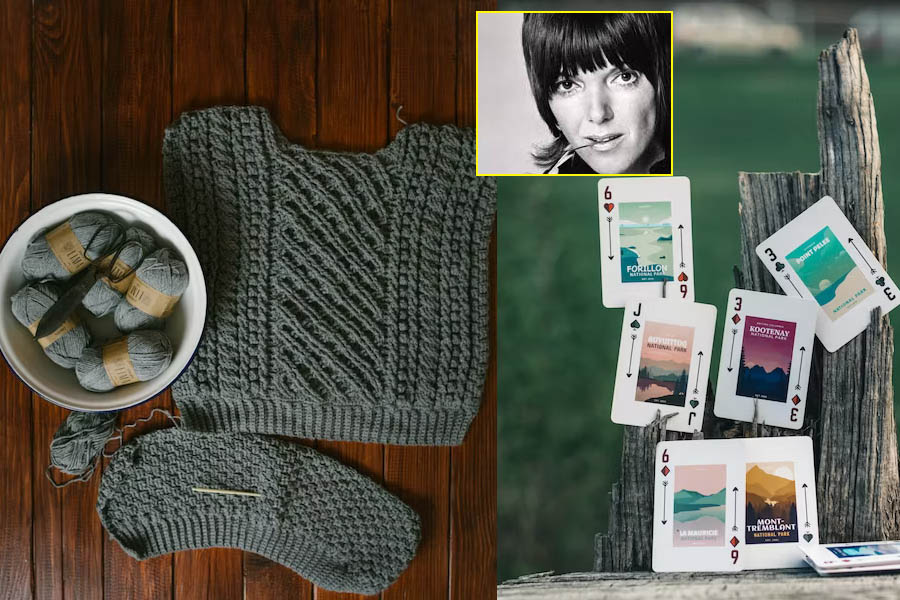
Amidst the whirlwind of the culturally transformative 1960s, the fashion world bore witness to the emergence of a remarkable British visionary. Mary Quant, a spirited and unconventional graduate of an art school, boldly challenged the established norms of her time. In the year 1955, she embarked on a groundbreaking venture, co-founding the boutique "Bazaar" on the renowned King's Road in Chelsea, alongside her husband, the aristocratic Alexander Plunket Greene. What initially appeared as a modest and unassuming shop would, in remarkably swift fashion, undergo a metamorphosis into the illustrious Mary Quant brand. This brand became synonymous with audacious and innovative designs, underpinned by an unwavering commitment to celebrating the inherent uniqueness of each individual. Quant's influence on fashion transcended the ordinary. She not only popularized the miniskirt but also introduced trousers as an essential element of women's wardrobes. Her keen eye brought American "house-wear" trends, including hot pants and terry-towelling all-in-ones, to Europe. Her creations exuded vibrancy, color, and an undeniable sense of fun.
Fast forward to today, and over 100 of Mary Quant's designs are proudly displayed at the Victoria & Albert Museum in London. This extraordinary exhibition delves into the evolution of her visionary brand from 1955 to 1975. What makes this showcase truly exceptional is the active involvement of the public, who generously contributed their Quant pieces, makeup, photos, and personal stories. It serves as a testament to the enduring adoration for Quant's work. Quant's designs, characterized by innovation and cheekiness, mirrored a period when society's perception of gender and self-expression was evolving. With the introduction of the birth control pill, women gained newfound control over their bodies, fueling a desire for autonomy in their appearance. Quant met this demand with garments bursting with color, flair, and short hemlines that allowed women to move freely. Visiting the V&A Museum's exhibition is akin to a time-travel journey, where mothers and daughters reminisce about outfits from yesteryears, and old friends share tales of their cherished Mary Quant pieces. Many express the wish to wear these timeless designs even today. One captivating image from the exhibition spotlights Quant sporting a bold haircut in 1964—an instant sensation. Vidal Sassoon, the visionary hairstylist behind the iconic cut, played a supporting role to Quant's magnetic presence. The photograph radiates charm and confidence, encapsulating the era's spirit. Quant's fashion shows defied the norms of the early 1960s. Models did their makeup, danced down the catwalk, and live music infused an electric atmosphere. It was a stark departure from traditional runway presentations characterized by emotionless models, rigid corsets, and a lack of music. Quant's shows occasionally even attracted the attention of the police and fire brigade.
One of Quant's most iconic innovations was the PVC raincoat, a key feature of her "Wet Collection" launched in 1963. Despite initial challenges, including seam-sealing issues, these eye-catching raincoats eventually took the streets by storm, captivating the public with their shiny, vibrant designs. Perhaps Quant's most enduring legacy lies in her embrace of the miniskirt, which she hailed as "the most self-indulgent, optimistic, 'look-at-me, isn't-life-wonderful' fashion ever devised." She didn't merely design clothes; she empowered women to embrace their uniqueness and relish being noticed. Mary Quant's indomitable legacy lives on in the hearts of those who adored her creations. Her fearless approach to fashion and her uncanny ability to capture the essence of an era continue to inspire designers and fashion enthusiasts, reminding us all of the enduring power of individuality.